Since the dawn of time, humans have attempted to decipher the stars, the sky, and the great beyond. While some gaze to the future, others use the stars to find their way back home. Most of us gaze up at the stars with awe. However, because of the rise in light and air pollution, clear evenings and starry skies have become more scarce. Stargazing is becoming increasingly difficult. There are, however, some locations that are distinctive in their vantage point of the heavens. These breathtaking locations for stargazing provide tourists the chance to discover more about the cosmos and reconnect with the amazing planet we all call home. That being said, here are a few of the world's top stargazing locations.
Death Valley National Park, California, and Nevada
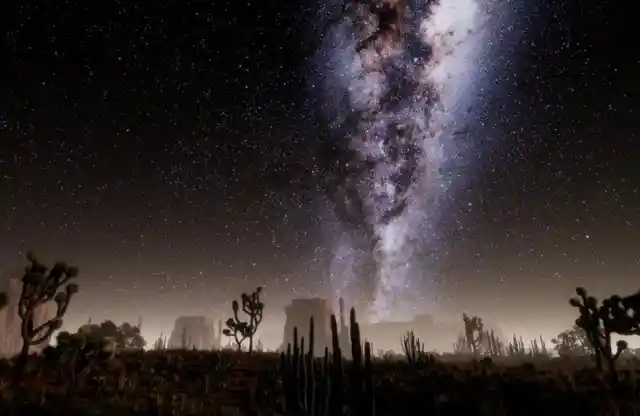
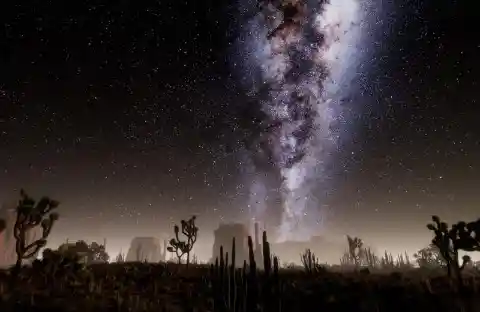
The International Dark-Sky Association awarded Death Valley National Park its coveted gold seal of honor, which is hardly surprising. Many of its valleys and canyons fall completely into complete darkness at night, save for the Milky Way's shimmer and the moon's radiance. Park rangers regularly offer stargazing events in the winter and spring, and the Las Vegas Astronomical Society even hosts a "star party." Dante's View rises 1,670 meters above the basin, about 16 miles from the well-liked Death Valley rest area of Furnace Creek. You'll enjoy a view of the sky that can compete with Las Vegas's brilliant lights as you stand among lunar-like rock formations in the eerie darkness.
Atacama Desert, Chile
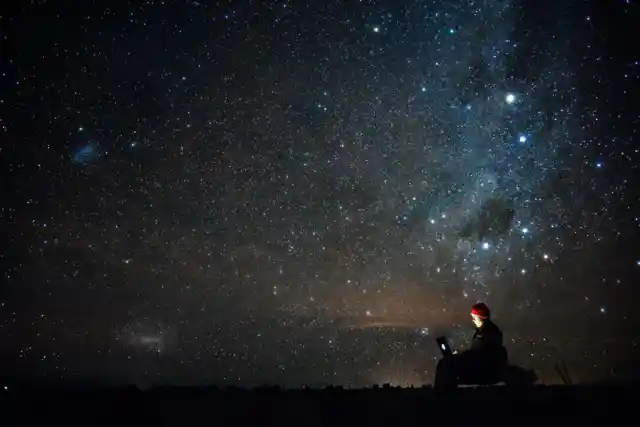
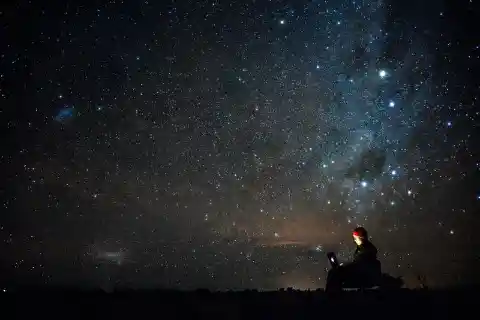
The desert's height of 5000 meters, along with the region's exceptionally dry weather and scant cloud cover, make it one of the top locations in the world for space monitoring. The advanced satellites at the ALMA Observatory are used by international researchers to "look for our cosmic origins" and catalog the oldest stars and galaxies. The enormous antennae grouped together in the Atacama Desert are an exotic sight, pointed eagerly upward. On weekends, amateur astronomers can visit the control room and labs or join up for a "star tour" over the desert with San Pedro de Atacama Celestial Explorations.
Mauna Kea, Hawaii
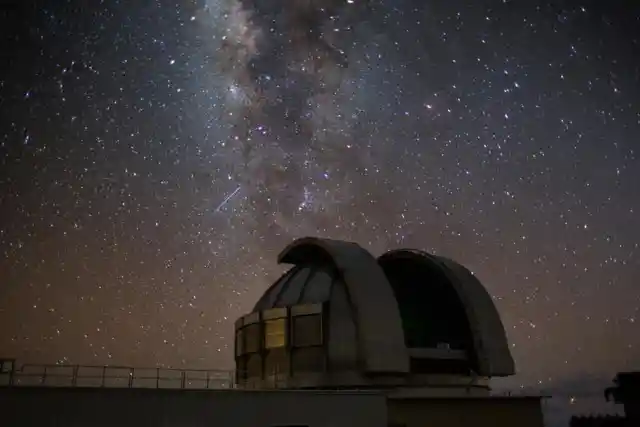
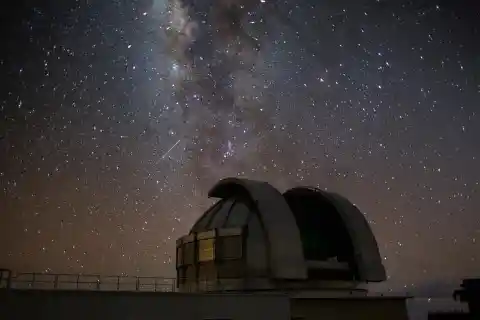
In Hawaii, stargazing is a popular pastime. The highest point in Hawaii is the dormant volcano Mauna Kea. It's a fantastic place to view the stars because it's on the Big Island. You can either arrange for a guided tour or travel to the peak on your own. It is advised that you make a stop at the Onizuka Centre for International Astronomy Visitor Information Station to acclimate to the higher elevation in either case. Free programs for stargazing are also available at the station. Local astronomers set up telescopes at night and let guests use them while they supervise. From here, you may either keep going to the peak or schedule a guided tour.
NamibRand Nature Reserve, Namibia
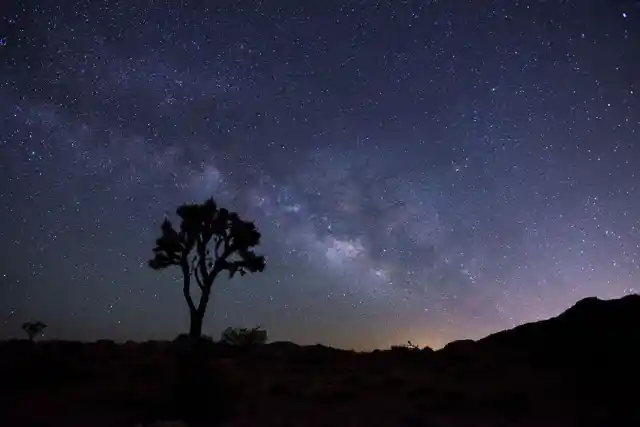
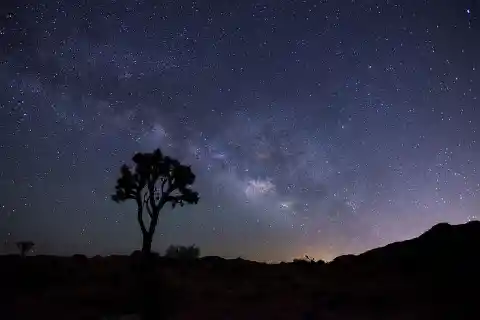
The closest populated settlements are at least 60 miles apart, making the NamibRand Nature Reserve one of the "naturally darkest (but accessible) areas on Earth," according to the IDA. The Namib Desert Environmental Education Trust (NaDEET) Center, which oversees environmental education initiatives in the region, protects the almost 500,000-acre tract of land in southwest Namibia. Visitors interested in stargazing in the NamibRand Nature Reserve should check out the Wolwedans camps and lodges, where guests may reserve an environmentally conscious overnight stay in the starry desert.
Aoraki (Mount Cook), New Zealand
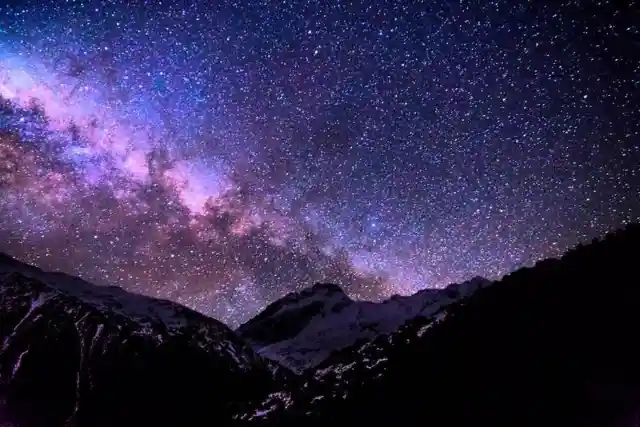
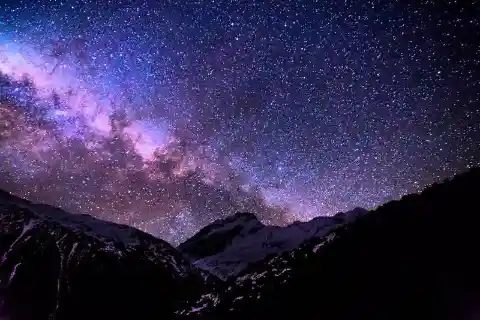
The Aoraki Mackenzie International Dark Sky Reserve in New Zealand was established in 2012 to honor the outstanding chances for seeing the night sky that exists in the Mackenzie Basin on the South Island. Visitors throng the planetarium, telescope sites, and observatories at this one of only 16 Dark Sky Reserves in the world, where guided tours are provided at the Lake Tekapo Earth and Sky and Aoraki/Mount Cook visitor centers. Aoraki/Mount Cook National Park's name-bearing summit, which rises to a height of more than 12,000 feet, may often be seen in the reserve's bright skies alongside the Southern Cross, the Southern Star, and the Aurora Australis.
Bryce Canyon National Park, Utah, USA
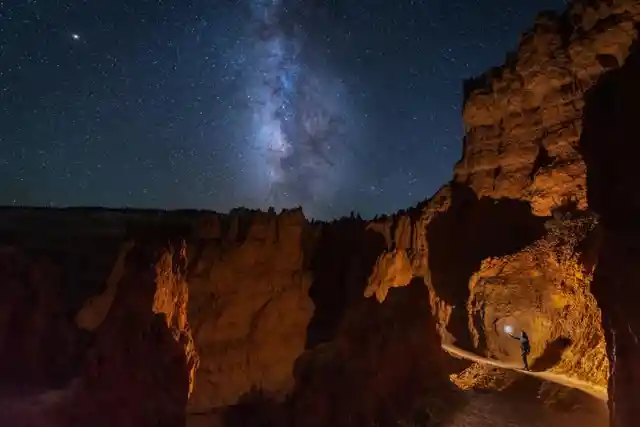
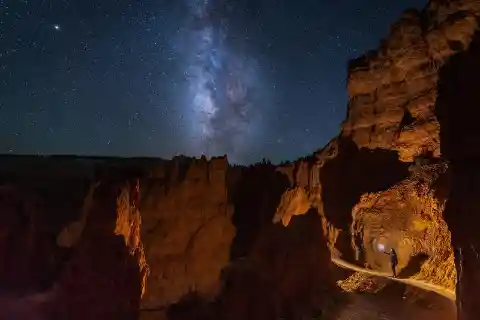
Bryce Canyon, one of many national parks in the southwest of United States, is notable for its bizarre-looking hoodoo rock formations and its particularly bright night skies. It is preferable for more isolated stargazing and astronomy events since the more than 35,000-acre national park in Utah receives fewer visitors than the Grand Canyon, which is also close. Visitors can observe up to 7,500 stars, a horizon-to-horizon view of the Milky Way, and sightings of both Venus and Jupiter on the park's nightly expeditions conducted by the expert Astronomy Rangers.
Pic du Midi, France
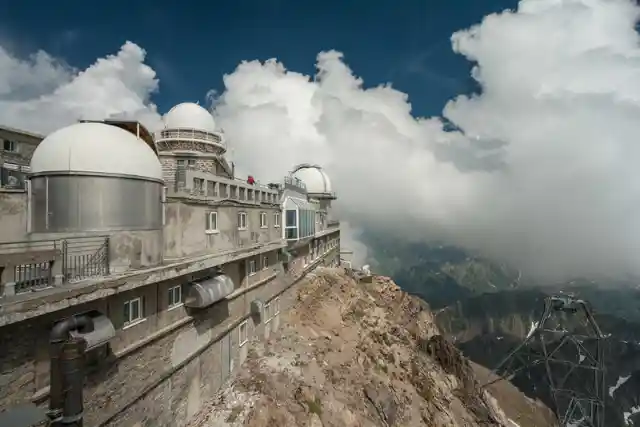
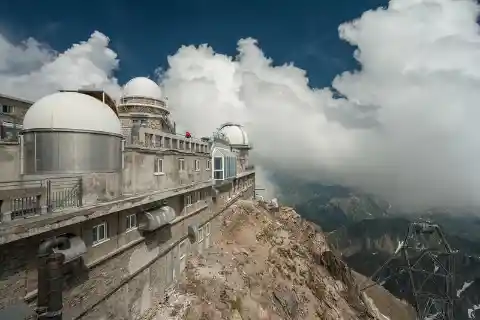
The reserve includes a national park and the Pyrénées-Mont Perdu scenery, both of which are UNESCO World Heritage Sites. The French region of Hautes-Pyrénées is seeking to alter the public lighting systems, and Pic du Midi has been attempting to reduce light pollution. The mountain, which contains an observatory and is located at a height of 2,877 meters, is accessible to visitors via cable car. You may reserve trips and overnight stays that include meals prepared locally and stargazing with a guide while using telescopes. The summer months are ideal for viewing constellations in the night sky, as well as numerous shooting stars.
Canary Islands
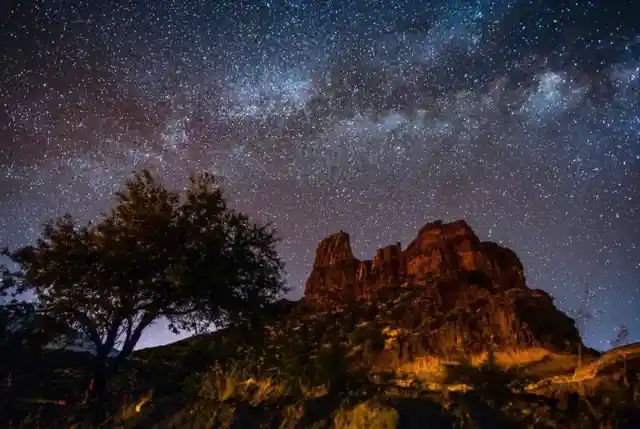
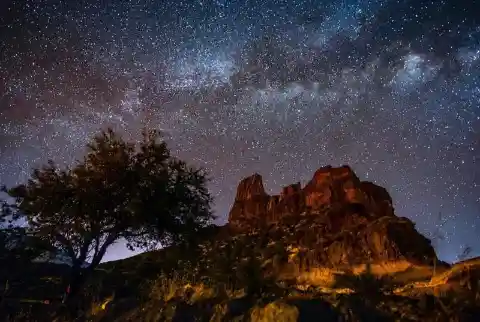
The isolated Canary Islands, off the coast of mainland Morocco, have some of the darkest, clearest skies because of their high altitude, proximity to the equator, and distance from tropical storms. The largest island, Tenerife, has enacted a rule that regulates flight trajectories to safeguard its observing conditions. A celebration of music, art, and science, the semi-annual Starmus Festival has also been held there. Neil Armstrong and Stephen Hawking have attended the festival, which also features talks, films, and parties with a space theme. Visitors can tour the Teide Observatory (open from April to December) or ride a cable car to the summit of the active volcano Mount Teide to view the stars after dark.
Nova Scotia, Canada
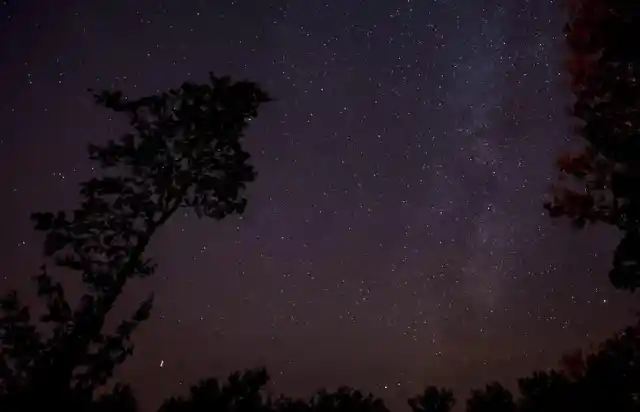
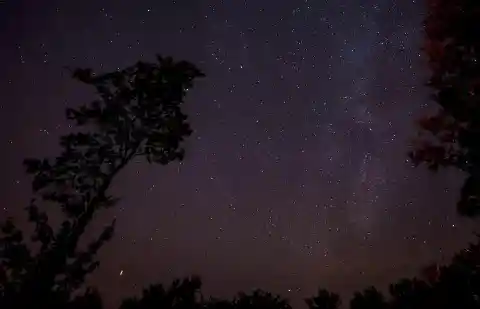
The world's first Starlight Hotel, Trout Point Lodge, is located in the uninhabited western Nova Scotian wilderness in far eastern Canada's Acadian Skies and Mi'kmaq Lands. The region was originally inhabited by the Mi'kmaq native people, whose tales about constellations explained the cyclical nature of the seasons and other natural occurrences. A local astronomer now leads guided star walks through the grounds and sessions on the lodge's new astronomy platform.
Joshua Tree National Park, California, US
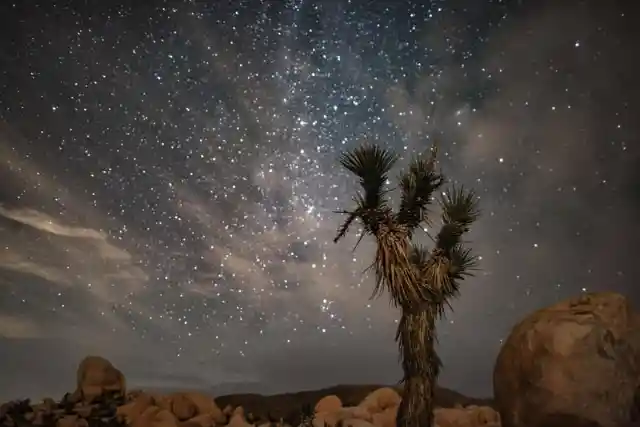
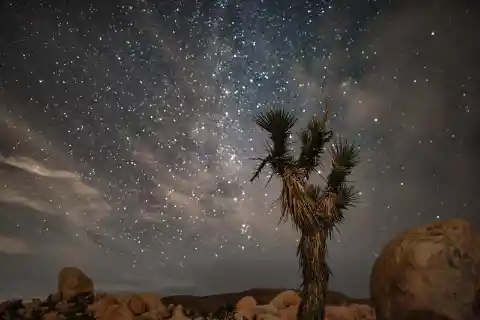
Joshua Tree National Park is considered the ultimate stargazing destination. Due to the lack of light pollution and low desert humidity, it provides Southern Californians with the finest opportunity to find the darkest skies and clearest nights practically every day of the year. Seeing the night sky in such a pristine condition typically leaves visitors in awe. Since many years ago, the National Park Service has acknowledged this, regularly hosting stargazing events all year long. In order to "demystify the technology" underlying the instruments and to assist people in becoming accustomed to operating them independently, Celestron, a maker of telescopes, periodically sends some of its professionals out to the events.